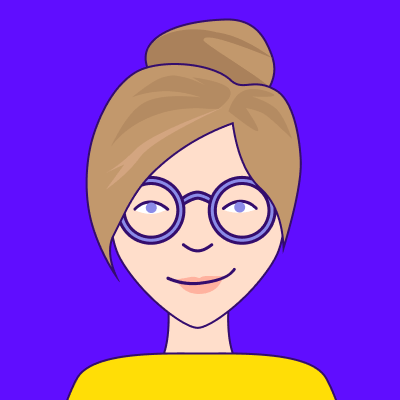To all the sales warriors out there: B2B cold calling statistics can make for an easier battle when it comes to winning over prospects. It can do a lot for your confidence (not to mention your closing rates) to understand what’s normal as you journey into the potentially chilly winds of cold calling. Plus, when you know what doesn’t work, it helps you come up with a plan to beat the odds.
What is the success rate of cold calling?
The average cold calling success rate is only 2%. On the surface, not great. But dig a bit deeper and you’ll discover why 82% of buyers have booked meetings with salespeople after a series of contacts that started with a cold call. (Hint: it’s all the tips and tricks out there that help you beat this stat).
And that’s where B2B cold calling statistics are incredibly beneficial. Something as simple as using collaborative words like “our” or “we” increases your chances of getting a meeting by 55% and 35% respectively. When you come into the call armed with a high-quality script, it can boost your numbers by more than 3 times. Magic ingredients for a good phone call include: doing your research, being conversational, making a customized pitch, and using an effective opening line. What all these steps have in common is that they are adjusted for every prospect to immediately establish a personal connection between seller and potential customer.
Just how important is this connection? Well, if you kick off the conversation by mentioning your mutual connections on LinkedIn, for example, it can up your chances of snagging an appointment by 70%.
How many cold calls per day is average?
Making 52 calls each day is the going standard. We’ll break down the math: that means if you’re closing at the 2% average success rate, it adds up to one conversion per day. Ouch. But even if you’re nowhere near 52 calls a day, cold calling is still important to the overall success of a sales strategy; in fact, 48% of the best-performing sales reps make at least 6 cold calls per day.
Sales veterans know, however, that finding the best time to call is just as important as how often. Each prospect will have their own schedule, but as a rule of thumb, some hours are statistically better than others:
- In the early morning – from 8:00AM – 10:00AM
- In the later morning – from 11:00AM – 12:00PM
- In the later afternoon – from 4:00PM – 5:00PM
If given the choice: calling between 4:00PM and 5:00PM is the most effective time–as high as 71% more effective in getting a meeting. Before you dial, always double check that you’ve adjusted your calling hours according to the prospect’s time zone.
How long is the average cold call?
You’ve got about seven minutes to get all of your key messages out there, including the opener, questions, conversation, and pitch. Over time, you will probably trim the fat off of your messaging and become a bit smoother with delivery, plus get a better feel for the conversational style that suits you best.
If seven minutes sounds like a lot of time for a prospect to spend with you, keep in mind that you’ll be earning it. It requires an average of eight calls to get through to a prospect. And, once you are in touch with someone who has decision-making power, you can expect to speak to them six times before closing a sale.
More cold calling statistics
Whether it’s identifying the best time to call a prospect or using a LinkedIn relationship to break the ice, it’s critical to know as much about the person you are calling as possible.
Which brings us to our next round of stats.
What is the greatest challenge in starting a sales cycle?
The top answer is “personalizing the pitch” – over 38% of salespeople struggle to customize their script to each individual prospect. Research is a must when creating your cold calling pitch. But if your pitch doesn’t include a few bits of information that you can craft into a personal connection, then it’s often not enough.
How important is personalization?
Personalization makes a huge difference. Consumers expect personalization in all kinds of interactions, including sales calls. According to McKinsey, companies that embrace personalized tactics grow at a 40% faster rate than those that do not prioritize this kind of approach.
What else can personalization do for me?
A sales intelligence platform like Lusha provides the kind of information you need to create personalized messaging. This can turn into across-the-board benefits in many areas, such as:
- A 3x increase in outbound leads
- 25% more deals
- 10 times more conversions
Key Takeaways
- The cold calling success rate is only 2%, but you can boost that with a good pitch and a personal connection.
- 52 cold calls per day is average, but calling at certain times of day can improve your odds.
- An average cold call lasts seven minutes–but it takes many tries just to get to that point.
- All of your cold calling attempts can be improved through personalization.
